By: Carter Schmitz, CSCS, TPI, Founder: SCRATCHGolfTraining.com
What is Golfer’s Elbow?
Golfer’s elbow is very similar to the more popular tennis elbow, they just live on different sides of your elbow. Golfer’s elbow is represented by pain, ranging from dull to intense, on the inside (medial side) of the elbow. Tennis elbow, its not-so-friendly neighbor, resides on the outside (lateral side) of the elbow.
Golfer’s elbow is a form of tendinitis. It’s an injury to the tendon that connects many forearm muscles to the inside part of the elbow. Tendinitis is often caused by repeated exposure to high-velocity stress. For golfers, the golf swing is often the leading culprit. However, the golf swing also represents a critical component of building a healthier and resilient tendon!
While the golf swing can be a cause of golfer’s elbow, it’s important that we understand the complexity that exists within the human body. X never simply causes Y. Everything affects everything.
A pet peeve of mine is when practitioners try to over-simplify injuries by saying things like “Your back pain is caused by tight hips” or “Your shoulder pain is caused by poor posture.” Maybe, but what about the thousands of other factors that affect our human bodies? How’s your nutrition been lately? Your hydration? Sleep and recovery? Your emotional and mental well-being? Has work been extra stressful lately? All of these factors will play a role in the development of (and solution to) injuries, but many coaches and athletes overlook them.
Check out The Fiix Elbow – a possible cure for tennis or golfer’s elbow HERE
Understanding Tendons
Tendons are connective tissues that link muscle to bone. They are responsible for transmitting force from muscles to bones and they also help absorb external forces being placed on the body.
Tendons are viscoelastic, meaning they have both a viscous and an elastic property. Because of this, when placed under a constant load, the tendon will strain, deform, and relax – which is necessary to heal an irritated golfer’s elbow.
How to Avoid Golfer’s Elbow
Before diving into the solution to Golfer’s Elbow, let’s talk about avoiding it. Unfortunately, I don’t have a singular magic exercise that will allow you to avoid all threats posed by Golfer’s Elbow. That’s not how injuries work. However, I do have three things that you should be doing in order to minimize the threat of golfer’s elbow.
Strength Training, Including Isometric Exercises
Strength training needs to be a part of your weekly routine. There are many ways to go about it, but here are three of the most important keys to an effective strength training program.
Compound Movements
Load the body through holistic patterns that attack multiple joints simultaneously. For example, squats will strengthen muscles around the ankles, knees, hips, and spine simultaneously, making it a great exercise. Push-ups strengthen around the wrists, elbows, shoulders, and spine simultaneously.
Smaller motor patterns like bicep curls that primarily train a singular joint do have a place in training but just be sure to prioritize the larger motor patterns.
Progressive Overload
This means consistently increasing the external load being applied to the body. For example, last week I used a 75 lb dumbbell for goblet squats, this week I will use an 85 lb dumbbell.
In order to create physical strength adaptations, we need to continuously apply larger stressors to the body and one way of going about this is through the external loading being applied.
Isometric Exercises
Although I discuss these below as how we can heal injured tendons, they also should be applied to our training programs as a preventative mechanism, strengthening bodily tissues, building adaptations, and curating healthy tendons!
Warming-Up Before Playing
Warming-up is the lowest hanging fruit to greater golf performance and longevity in the sport. It doesn’t need to be more than 3 minutes. Get your body prepared prior to taking a golf club out of your bag.
Be a Healthy Human
The singular best way to avoid injuries, although it is quite multifactorial, is to be an overall healthy human being. Be more physically active. Eat nutritious foods. Hydrate appropriately… ½ ounce per body weight in pounds is a great target.
How to Cure Golfer’s Elbow
Most importantly, do not simply rest! If you decide to rest your elbow for 4-6 weeks (like many medical professionals recommend), there is a high likelihood that the moment you reapply the high-velocity stress of your golf swing, your elbow pain will flare back up.
By resting, you’ve simply let the inflammation process occur within the body, but the tendon itself hasn’t improved. You haven’t done anything to actually enhance the recovery process, strengthen the injured tissue, or desensitize the bodily area. We need to load the tendon in order to promote recovery, longevity, and resilience.
Isometric Exercises
Isometrics should be the first exercises completed when attacking an injured tendon.
An isometric exercise is one in which our muscles aren’t shortening or elongating; they are staying a constant length. For example, if you lower into a squat, and hold for 30 seconds, you are completing an isometric exercise.
Remember, tendons are viscoelastic, which means that they relax and deform under constant load. Isometrics will apply this constant load to the tendon, giving it the opportunity to deform, relax, strengthen, and repair.
I have 2 isometric exercises for you to add to your training routine that specifically work to solve golfer’s elbow.
- Incorporate these exercises at minimum 2-3 times per week – the more the better, but never more than twice per day.
- Accumulate 2-3 minutes within each position. I don’t care how you break up that time. For example, you could do 3 sets of 1 minute or 4 sets of 30 seconds or 6 sets of 20 seconds.
- Keep it to a ~3/10 on the pain scale. Don’t push past that. We aren’t looking to maximally load the tendon, we are looking for high volumes of light loading on it.
- Slowly, over time, progress the exercises by adding more time, increasing the range of motion you are holding the isometric position in, or by applying more force manually.
Exercise 1 – Isometric PVC Pronations
With this exercise, we are going to place our forearm in a supinated position (palm facing the sky), with our elbow in a 90 degree position at our side.
Holding a PVC pipe, stick, or a golf club, you are going to apply a rotating force, attempting to rotate your palm to the floor (counterclockwise as seen in the video). I say attempting because, remember, it’s an isometric exercise, therefore our joint isn’t going to actually be moving – we are simply attempting to move (rotate) it against an immovable force.
In the video above, I am using a band hooked through a kettlebell to create that vertical force that I am rotating against. I’ve also seen athletes use a countertop, bottom side of a table, or even the arm of a treadmill to give them that stationary point to rotate against.
I am going to apply a rotational force of roughly 50% to the PVC pipe, and hold that force, accumulating 2-3 minutes. Break it into as many sets as you need to!
Keep pain to a 3/10. If you feel more pain, try limiting the range of motion and/or applying less force.
Exercise 2 – Push Up Isometric
This exercise is going to expose our elbow in a more holistic manner and will impactfully load the tendons that cross it. To complete it, I am going to sink down into my end range of a push up (roughly 90 degree elbow position). From that position, I am going to apply force through my hand into the ground (specifically dig your fingers into the ground), holding my elbows at that 90 degree position, accumulating 2-3 minutes in that position.
This is a difficult exercise. 2-3 minutes can be a grind. Therefore, I want you to start by putting your hands on a bench of some kind and/or using a band around your hips for assistance as seen in the video. Both of these will take some loading off the upper body, making it easier to hold the position and also applying less stress to the elbow joint.
As you get stronger, progress the exercise by increasing the time you are spending in that bottom position, move your hands closer to the ground, or remove any band assistance you are using.
Do Not Stop Golfing
If the pain allows, continue golfing and training as you normally would. Tendons are very adaptable, meaning they become stronger to the stresses we place on them. As we golf, our tendons become stronger and more resilient, similar to how a muscle does after strength training. If we stop golfing, we will lose some of these adaptations we’ve worked so hard to create over time.
If the pain allows, keep golfing and keep training as you normally would. Simply add in these isometric exercises to your weekly routine in order to apply specific stress to the injured tendon, promoting recovery.
Keep golfing.
Keep training.
Do the isometrics.
Be a healthy human being.
You’re going to be on a great track to recovery and future resilience!
Find me on Instagram HERE or @coach_carter_schmitz
Find me on Twitter HERE or @coach_c_schmitz
Shoot me an email at [email protected]
- From the Green to the Tables: How Golfer Personality Traits Lead to Success in Gambling - October 21, 2024
- Ways To Engage With Golf Even Off The Course - October 4, 2024
- The Best USA Resorts with on-Site Casinos for Luxury Stays - October 2, 2024


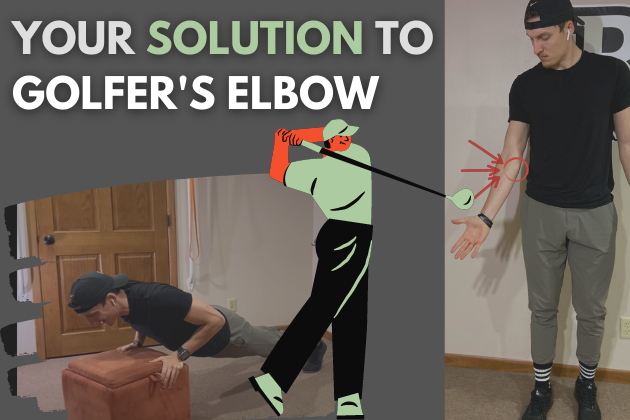
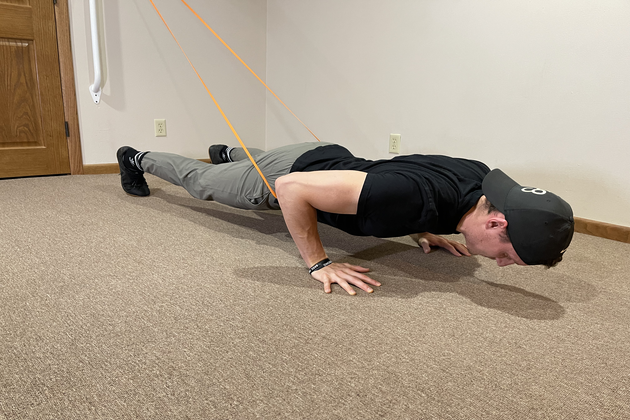
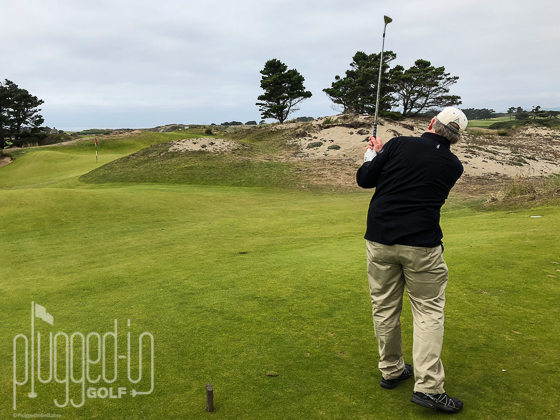
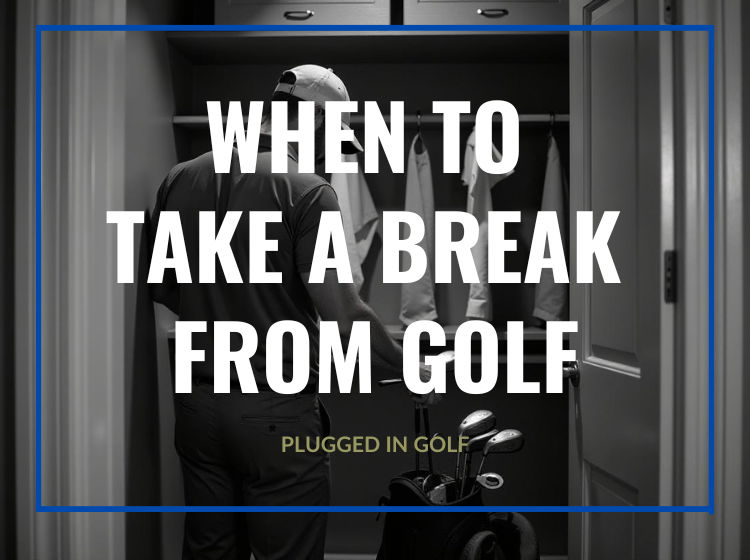
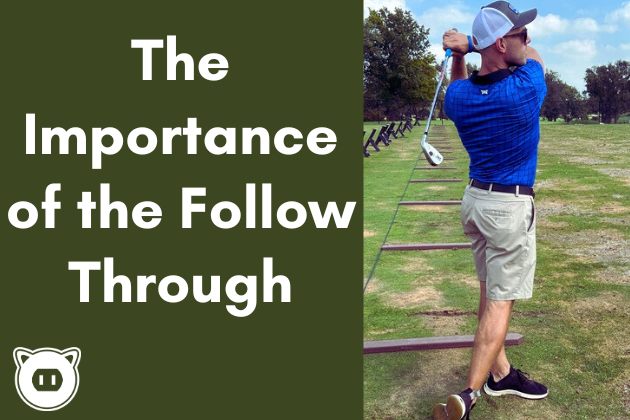
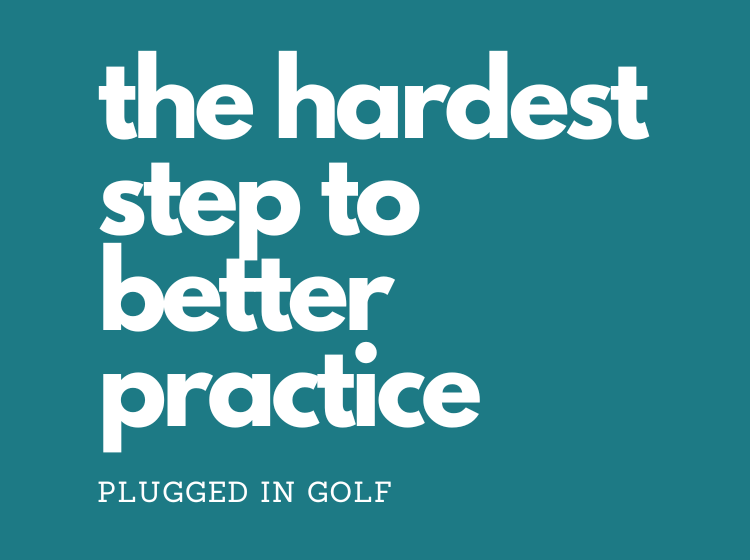









7 Comments
I have a simpler solution that may work for some of us, having suffered from golfer’s elbow at least 3-4X, especially after hitting off mats.
1. Put graphite shafts in your irons.
2. Buy a Theraband from Amazon and use it
3. Avoid bad mats
I like the holistic approach but I could use a little clarification on the hydration issue: 1/2 ounce of water per pound of body weight over what time period?
In what weather? I sure need more water in the hot desert than I do in a cool rainforest.
I would appreciate any elaboration.
Tom,
I can’t speak for Carter, but I believe it’s 1/2 ounce of water/pound of body weight per day. To your question about weather, I think you’re overthinking it, he’s offering this as a guideline, not a rule etched in stone.
-Matt
Hey Tom,
Matt is correct here… take your bodyweight in pounds, multiply it by 50% = the number of ounces of water you should drink daily (roughly).
This is a general guideline and should be adjusted based on the context surrounding your life… changing activity levels, weather/temperature/climate, and certain medical conditions will require more/less hydration.
This is great. I would add from my experience that what helped me a lot was improving grip strength which I believe takes a bit of the load off that elbow tendon. I added farmer carries and just hanging from a pull up bar at the end of my normal workouts.
Hey Max,
Great additions! Those are two exercises I include in athletes training program’s weekly. Definitely can be beneficial for those battling golfer’s elbow.
– Carter
As someone who has experienced both golfers and tennis elbow, in both elbows… a few times, I am adamant that there is not a clear method to resolve or heal this in each case, for each person. However, daily facia massage using some kind of tool like the ones they would use in physical therapy. There are some handy gadgets out there. Also, YouTube castor oil wrapping. This magical liquid has been around a long time and contains fatty minerals that absorb through the skin and literally lubricate and relax the affected tendons. No joke. I am not a doctor. :D